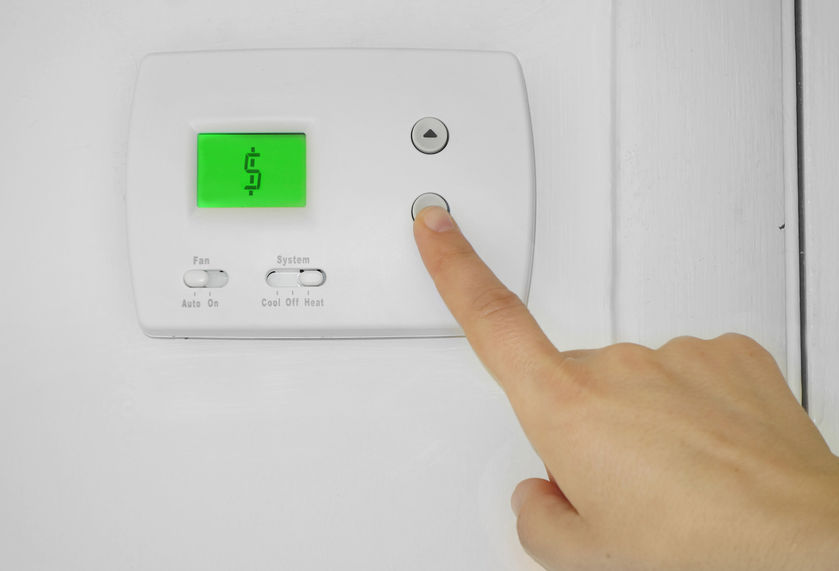
Each zone can be adjusted to compensate for high ceilings, occupancy, sun exposure and any activity that affects room temperature without freezing or overheating people in other parts of the house. Having an idea of how to operate a HVAC zoning system can help you regulate the temperature in each zone of the house to suit your preferences. This article looks into five insider tips for operating a HVAC zoning system.
- Customize Temperature Control for Specific Rooms
Multiple thermostats will be installed in your home at convenient locations to help you adjust the temperature of different zones. You do not need to heat or cool the entire house every time the system is on since you can break it down and use it on the areas of the house that you are using at that point. For instance, you could be downstairs in the living room watching TV and nobody is upstairs so you do not need to heat or cool that area to the same temperature as that in the downstairs. You also have the ability to adjust the thermostat to that specific area of the home and prevent air from going to that section. As a result, customizing temperature control for specific rooms helps you save on energy bills.
- Making Adjustments to Your Thermostat
A zoning system will be comprised of a thermostat, which is an electronic device used to control the zones. Another component of the zone system that you will have is the zoning board, which is installed in the attic and the dampers are installed in the ducts or your air distribution system.
When you turn the thermostat on for a specific zone in your home, the damper that controls the air passing through that particular section will open up, thus controlling the level of temperature in the room. You can then adjust the temperature of that section on your thermostat since you will have precise control of where the air is going.
- Flexible Heating and Cooling
A zoning system helps to keep certain areas in your home cooled or heated based on your preference. When you want to begin cooling or heating a room, all you need to do is to turn on the system. This is quite different from the traditional HVAC systems where you have to mess around with opening and closing vents that are located in different areas of the home. A HVAC zoning system offers you the ability to adjust the temperatures in different rooms based on your personal preferences. However, it is important to heat or cool the areas in your home that are in use to save on your energy bill.
- Understand the Variability in Heat Load
The primary purpose of a zoning system is to solve the variability in heat load over your entire house. You have all kinds of things throughout the house that are causing differences in the heat coming into the house or the heat affecting the temperature. Most of the solar load will start from the east side of your house and will move throughout the day to the west side of the house. This means that it will get warmer in different parts of the building throughout the day. Other things to consider include human activity such as cooking, workout equipment, and people’s location.
- Creating Comfort with the Right Temperature
You can always decide on the level of temperature you would like to have in a particular zone in your home. Room to room personalization is one of the ways you can provide ultimate home comfort. Adjust the temperature of a room or a section in your home to suit your preferences while turning off the system in rooms that are not in use. A zoned HVAC system provides a consistent overall temperature by eliminating hot or cold spots when needed.
Conclusion
While you can plan your zones, temperatures, and schedules, the installation of a HVAC zoning system needs to be done by a qualified HVAC technician. This ensures that your zone calibration is done properly and that your control devices are matched with the correct zones.
